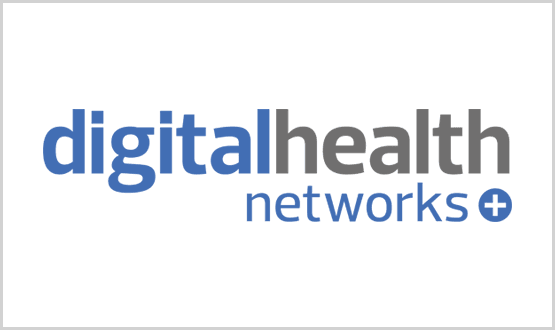The virtual patient
- 23 May 2005
 Dr Richard Fitton
Dr Richard Fitton
Electronic data entry, storage and engineering offer hope for radical changes in health and disease outcomes. The full inclusion of the nation’s patients in electronic records may rapidly improve health and disease outcomes in the UK.
The health record is now becoming a global, living, virtual patient. In the past, it was only an aide-memoir. But now it is fast evolving into a "live" object-orientated database, not just for use by the patient, but also by service providers, health service commissioners and researchers.
For this virtual database to work successfully, the patient, service provider and service commissioner are all needed. Patients attend each episode of illness and manage their own health and disease. The service providers create the structures and processes of care. The service commissioners select the service for provision according to their constitution. Evidence from research and experience guides all three. To deliver a successful record, each individual and all the evidence must be linked and updated.
Responsibility of patients
In the future, it will be the patient’s job to verify the accuracy of records, and notify the record processor and/or controllers of inaccuracies.
Near misses or accidents in care will be notified to service providers through the record. These will be acknowledged, analysed, apologised for if confirmed,and then action will be taken to prevent recurrences. The patient may be then asked to be involved in this service redesign.
Patients, too, are causes of treatment failures themselves, and feedback on their lifestyle and disease progress should help to change their habits. Reminders, updates on treatment protocols and warnings about newly discovered hazards will be notified automatically to relevant patients.
The care process will increasingly involve patients, their families and their carers. Families and carers working with sufferers of epilepsy, cancer, diabetes, asthma and many similar diseases will, with patients’ consent, share access to the patient record.
Access to hospital and community records will be available to patients, their families and carers during care processes. They will be able to see results before attending clinics and become more involved in decision-making.
Patients will contribute to their record. They will be alert to the possible complications of their disease, interventions and management which previously they would have been unaware of. They will be able to assess their own progress and manage their own treatments in partnership with the other three partners.
Governance of care will also partly become a patient responsibility. Patients will report back their experiences and outcomes, and have the opportunity to suggest alterations in service and treatment design. Efficiencies may be gained accordingly.
Informed care
|
"It is time for patients to do some real work in the governance cycle of care and to be accountable"
— Dr Richard Fitton |
Patients will record informed consent or dissent to processes of care. Online tools will allow them to view the details and complications of treatments. They will see the comparative success of service providers.
It also should be possible for service providers to test patients’ understanding before accepting their informed consent. Patients unable to understand may complete a separate consent form stating that they did not understand the treatment risks and benefits. Re-education and re-testing of patients would increase the informed consent rate. It is time for patients to do some real work in the governance cycle of care and to be accountable.
Results will be available electronically and may not need a personal attendance. Time management, traffic congestion, fuel economies and practice parking constraints may all benefit.
Illness which results from disease may reduce as patients become less fearful and ignorant of their diseases and less dependant on professionals. Illness and dependence can disable and are maintained by service centred processes.
Patients will become more immediately involved in cycles of research about their conditions and treatments. They will also be able to use their records when travelling and when abroad.
Workers in developing countries could also be trained to collect data electronically for transfer to other professionals abroad who will offer their clinical services and experience free over the internet. Plus, patients will choose to pass their records on to their own children and grandchildren for the gradual unravelling of the human genome of their ancestors.
The health benefits of giving patients information are clear; they will become more internally controlled and more committed to practising health and disease management. They will become more selective in their lifestyles and will measure the effects of their own lifestyles against their own life expectancy, quality of life and morbidity.




